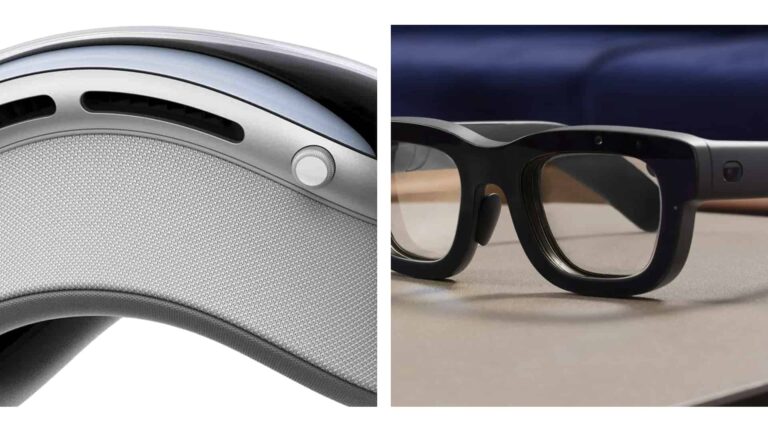
At Snap’s recent Partner Summit (SPS), we moderated a panel discussion about Spectacles, which had just been unveiled moments earlier. One audience question stood out: Why did Snap choose a seethrough AR approach after Apple and Meta have validated passthrough AR?
To pause for definitions, passthrough AR employs exterior HD cameras that project the outside world into the device to then be augmented, a la Apple Vision Pro and Quest 3. Seethrough AR involves transparent lenses with light projection and microdisplays, a la Snap Spectacles.
Back to SPS, Meta then made its counterpoint one week later with the much-lauded Orion. That was followed by weeks of headlines from generalist tech media, asserting that Meta has put Apple to shame, and will force it to rethink its bulky form factor and passthrough AR approach.
That last part may be true but the binary thinking and hyperbole in the tech press were overblown, as it often goes. There’s a tendency towards naming everything an “xyz killer,” and prematurely proclaiming winners and losers among the formats and flavors of emerging tech.
Parallel Paths
Even in thoughtful XR circles, there’s a bit of a consensus that passthrough AR is attractive today, but an eventual dead end. The thought is that it has optical advantages (see our recent breakdown), but seethrough AR wins in the long run due to wearability and social acceptability.
Though this linear construct has merit, we see parallel evolutionary paths, where development and deployment for each modality are use-case-driven. Passthrough and seethrough AR will coexist, while applied to the functions and use cases where they respectively outperform.
For example, passthrough AR is more effective for lean-back entertainment, given its display performance, field of view, high contrast, and full-pixel control. Seethrough AR meanwhile is better for socializing, driving, situational presence, or generally being seen in public.
That last part is why AR proponents consider seethrough AR the long-run winner… and they aren’t wrong given the practical need for all-day wearability and stylistic viability. But it’s wrong to think that passthrough is just a stepping stone towards that end. Think: parallel, not sequential.
Master of None
The thinking behind this binary attitude also flows from another common viewpoint in the spatial computing world: All the various AR formats will one day converge and meet in the middle for an ultimate killer device. There again, we believe the thinking is mostly misguided.
For reasons already stated, passthrough and seethrough AR will be better off advancing within their own evolutionary lanes. By definition, this engenders more divergence than convergence, as they’re each free to become their best self, rather than aiming for common denominators.
The latter would present a hybrid dilemma – compromising each end of the spectrum for a “master of none” result. Think of it this way: most people use laptops and phones versus ditching both altogether to do everything on a tablet. Needing the right tool for the job will always be a thing.
Put another way, due to limitations in physics – unassisted by Moore’s Law – seethrough AR can’t be as good as passthrough AR for entertainment. And passthrough can’t compete for the “all-day” stuff. Of course, breakthroughs and flying cars can happen but it’s likely a matter of decades.

